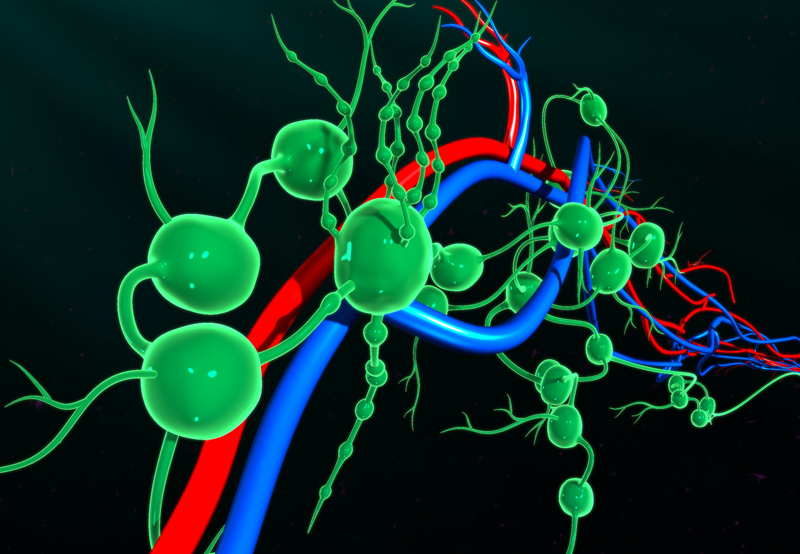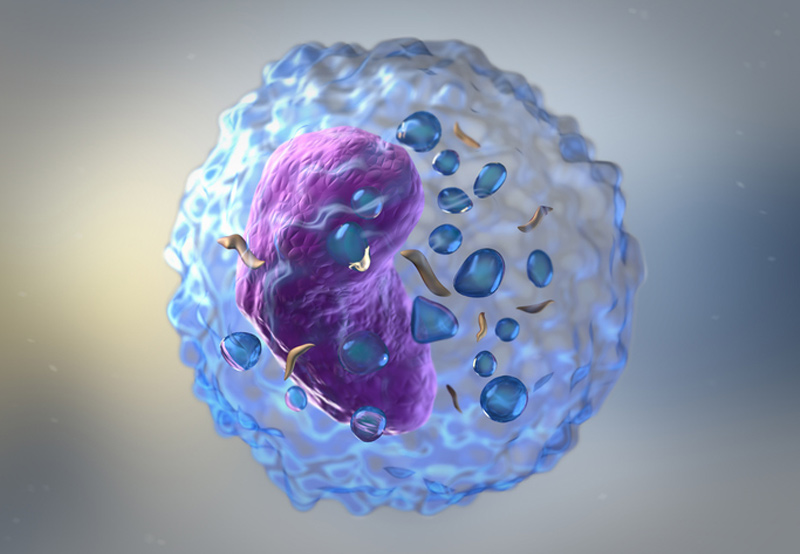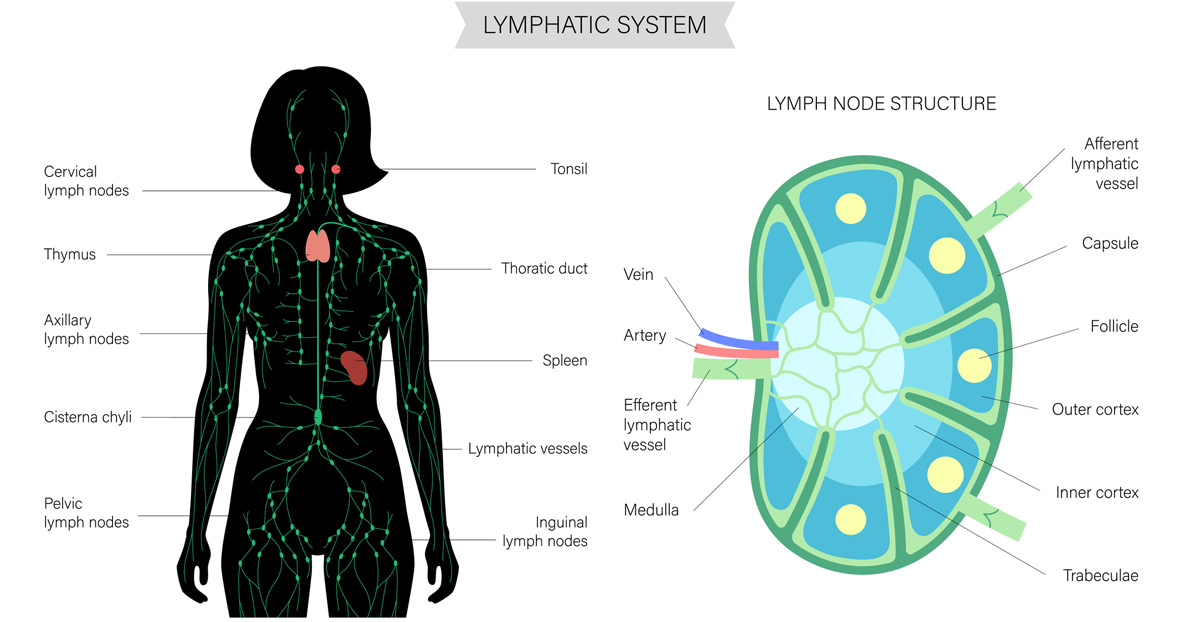

Retroperitoneal disease generally develops as a result of cancer which has spread to the lymph nodes surrounding the great vessels (aorta and inferior vena cava). This can be caused by both testicular and kidney cancer.
A retroperitoneal lymph node dissection (RPLND) is performed to remove the lymph nodes in the retroperitoneum, an area in the back of the abdomen. An RPLND is also referred to as a retroperitoneal lymphadenectomy.
The goal of an RPLND is to find out if cancer has spread to the retroperitoneal lymph nodes (diagnostic), remove cancerous lymph nodes (therapeutic), reduce the chances of the cancer reocurring in the future, and to treat recurrent cancer.
Who is a Candidate?
A retroperitoneal lymph node dissection is performed to safely and effectively remove retroperitoneal lymph nodes in patients with testicular cancer and in some cases recurrent kidney cancer.
The benefits of a RPLND (compared to other treatment options) include:
- Avoiding chemotherapy and its long-term side effects: early cardiovascular disease and increased rate of malignancies (leukemia and lymphoma)
- Avoiding post-chemotherapy RPLND which can lead to higher complication rates and longer hospital stay and recovery time
- Low rates of anejaculation

How it Works
An RPLND is performed while the patient is under general anesthesia. Two methods of performing an RPLND include the open method and laparoscopic/robotic (which is called a laparoscopic/robotic RPLND).
During RPLND, the surgeon removes the retroperitoneal lymph nodes near the tumor. This may need to be done on one or both sides of the abdomen, depending on how far the cancer has spread. The surgery is incredibly complex as the surgeon must be careful to avoid removing nerves and causing nerve damage to the nerves in the back of the abdomen. Removing or damaging the nerves may cause retrograde ejaculation in men, a condition in which semen is pushed backward into the bladder instead of out of the penis.
Following surgery, patients may be given pain-relieving medicine and antibiotics to prevent infection. Patients will be advised on how much and which types of activity they are allowed to engage in after surgery. A follow-up appointment will be scheduled in one to two weeks.
Potential Side Effects or Complications
Possible side effects of RPLND include pain, discomfort or tenderness in the lower abdomen; pus coming from the incision, a bulge at or near the incision, or fertility problems in men.
Complications following a retroperitoneal lymph node dissection can be anticipated at about five percent for a primary RPLND and about 15 percent for a post-chemotherapy RPLND.
Serious complications are even more rare, occurring in less than two percent of patients. Serious complications include anejaculation, serious bleeding and lymphatic leak.
